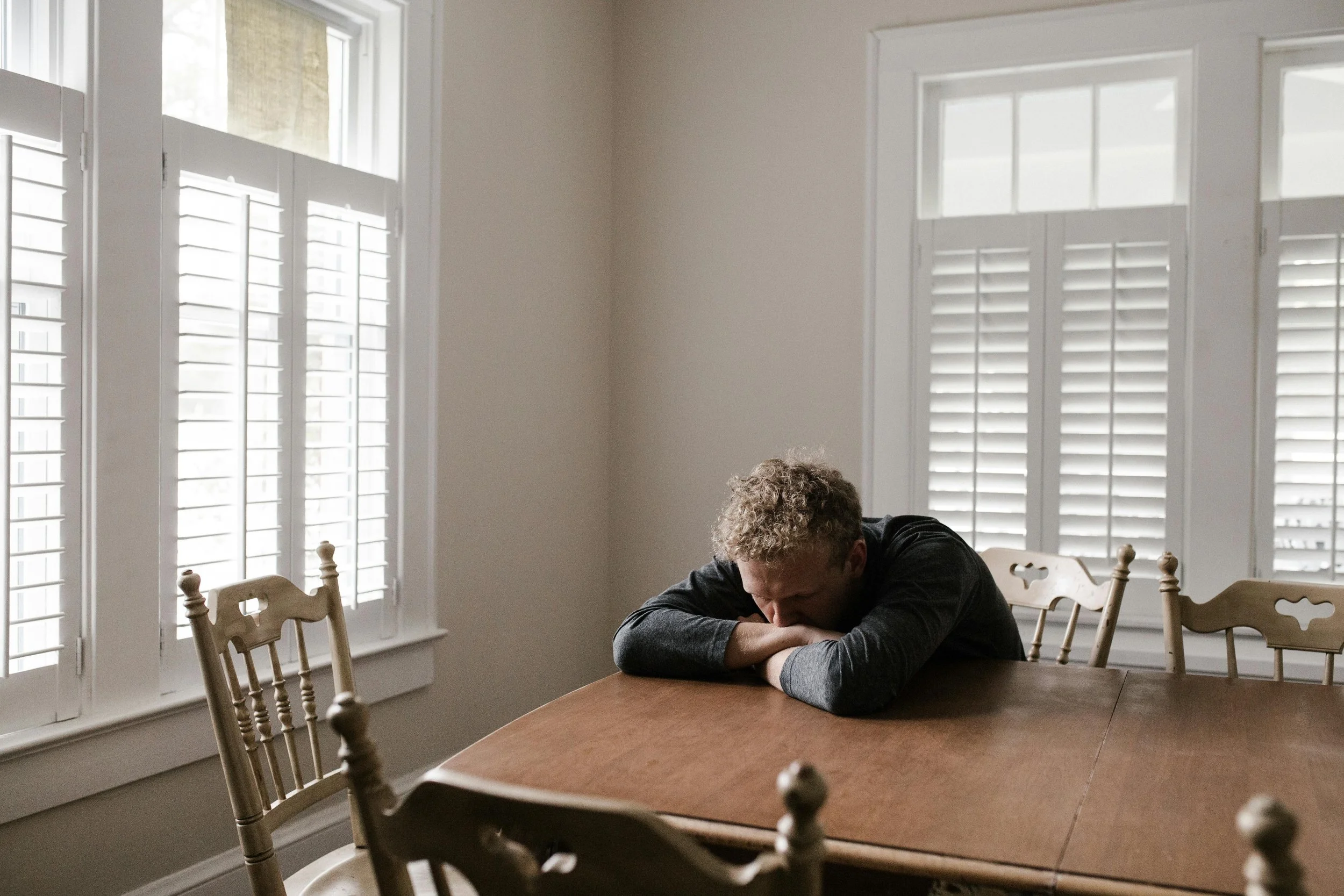
Panic Disorder - What We Treat
It feels like my body is betraying me and I can’t make it stop.
If you’ve ever experienced a panic attack, you know how overwhelming it can be.
What is Panic Disorder?
If you’ve ever experienced a panic attack, you know how overwhelming it can be. Out of nowhere, your heart races, your chest tightens, and your body floods with fear. Even when you know you’re not in immediate danger, your body reacts as if your life is on the line.
For many, the first panic attack leads to repeated worry about when the next one will come. That fear alone can make attacks more frequent, and more intense.
Panic disorder occurs when you experience repeated, unexpected panic attacks and begin to live in fear of them happening again. This can lead to changes in your behavior, avoiding certain places, limiting activities, or staying home just to feel “safe.”
Panic disorder often overlaps with agoraphobia, the fear of being in situations where escape might be difficult or embarrassing (like crowded stores, trains, or social events). Many people with agoraphobia begin to isolate themselves, which only reinforces anxiety and reduces quality of life.
The good news: Panic Disorder is highly treatable with evidence-based therapy.
What Do Panic Attacks Feel Like?
Panic attacks are different from everyday stress. They often include sudden, intense symptoms like:
Racing or pounding heartbeat
Chest pain or pressure
Shortness of breath or choking sensations
Trembling or shaking
Sweating
Dizziness or lightheadedness
Nausea
Chills or hot flashes
Tingling or numbness
Fear of losing control or “going crazy”
Fear of dying
How Can Therapy Help?
At Collaborative CBT, we use Cognitive Behavioral Therapy (CBT) and Exposure-Based Strategies to help you break the cycle of fear.
Together, we will:
Understand your panic symptoms so they feel less threatening
Challenge catastrophic thoughts (e.g., “I’m going to die,” “I’ll faint,” “Everyone will notice”)
Gradually face feared sensations and situations through interoceptive and situational exposure
Build coping strategies to regain a sense of control
Finding Freedom From Panic.
Panic disorder can feel like living in constant fear of your own body. But with the right support, you can break free from the cycle of panic and avoidance.
At Collaborative CBT, we’ll work together to help you feel safe in your body again, reclaim your independence, and step back into the life you want to live.
Reach out today to begin your path toward calm and confidence.
Related Resources:
-

Anxiety
-

Depression
-

OCD
-

Social Anxiety
-

Self Esteem
Book A Free Consultation.
Our mission, is to empower you to make changes in your life now, that will lead to lasting change ahead.


